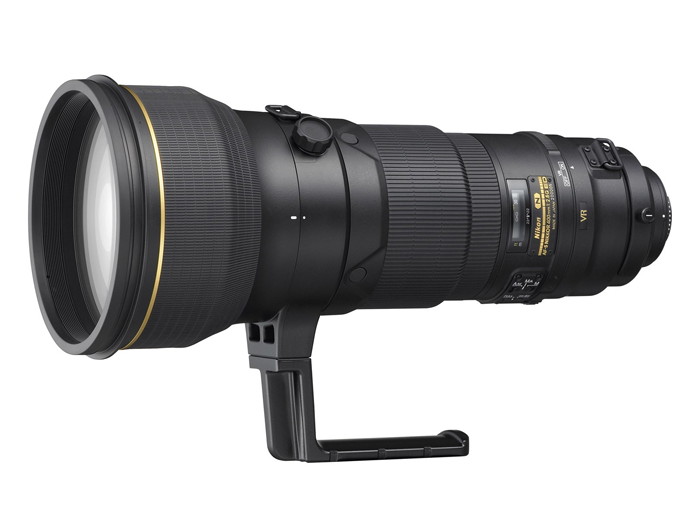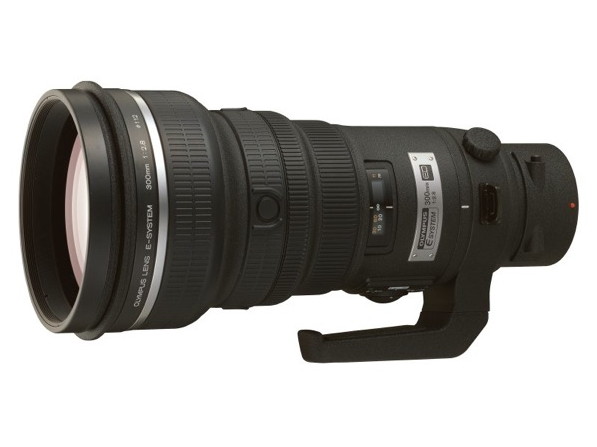Which lens? Choose the best lens for your DSLR
DSLR lenses explained: from fish-eye to telephoto

Telephoto lenses
A telephoto lens enables you to get in close on the action, and you'll often see dozens of these large-sized lenses in the professional photographer pit at football matches and other sporting events.
Focal lengths range from around 100mm through to a typical 400mm, although 500mm, 600mm and even longer lengths are also available (you'll be looking at spending several thousands for the pleasure).
If a single element was used to create a 500mm lens, then the front glass would need to be 500mm from the sensor plane.
By using multiple lens elements it's possible to redirect the light path and produce smaller-sized lenses with the same equivalent focal length, and this is what constitutes the term "telephoto".
Prime telephoto lenses are less expensive than their telezoom counterparts, and the optical quality is designed to extract the very best sharpness and image quality at a fixed focal length.
Wide apertures are also common, with f/2.8 and f/4 examples such as the Nikon 400mm f/2.8 and Canon EF 300mm f/4 representative of what's available.
As handshake is amplified at longer focal lengths, many current lenses use optical image stabilisation systems that move the internal lens elements by microscopic amounts to counter for this movement. It results not only in steadier framing, but a sharper final image too.
Get daily insight, inspiration and deals in your inbox
Sign up for breaking news, reviews, opinion, top tech deals, and more.
On the downside, these lenses are big, heavy and expensive. Outside of their specific use, telephoto lenses are not good for close focusing because they often have a minimum focus distance of some metres.
Typical telephoto lenses
DSLR

Nikon Nikkor 400mm f/2.8 ED VR AF-S - £6,647

Olympus Zuiko Digital 300mm f/2.8 ED Four Thirds - £6,024

Sigma 500mm f/4.5 EX DG HSM - £3,774
Canon EF 300mm f/4 L IS USM - £1,144
Sony A-mount 300mm f/2.8G - £4,953
Pentax 300mm f/4 SMC DA* ED IF SDM - £915
Current page: Telephoto lenses
Prev Page Standard lenses Next Page Kit lenses and standard zoom lenses